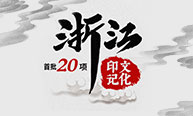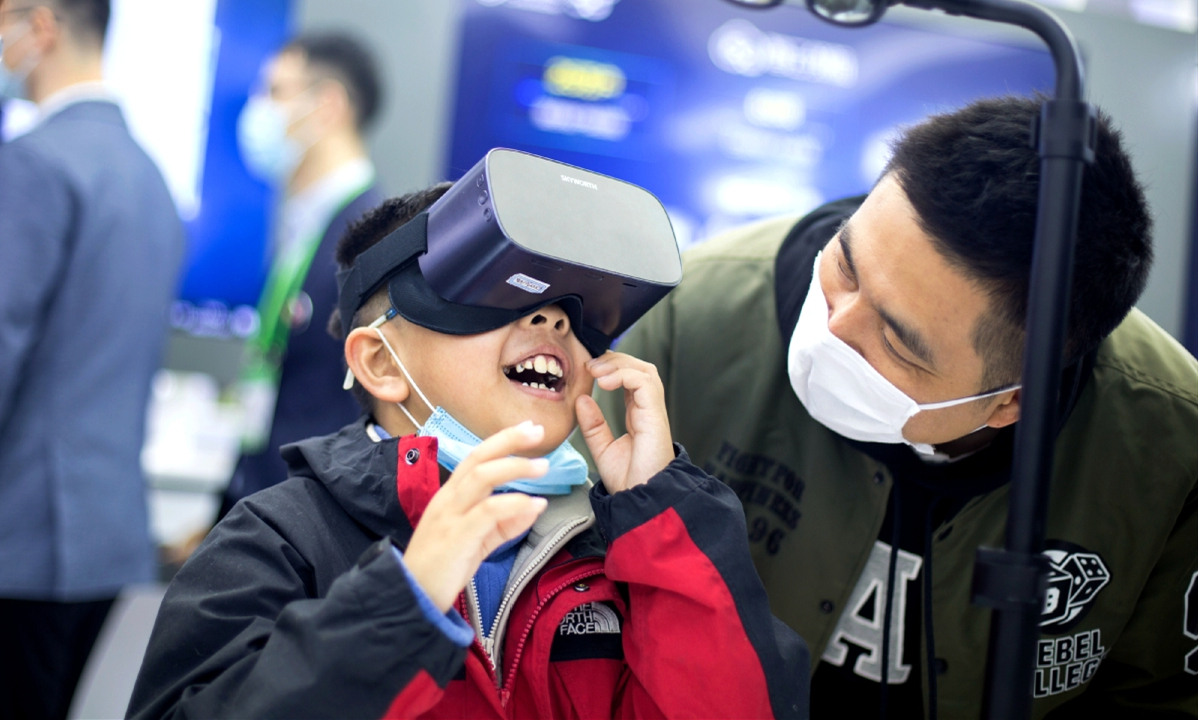Asoka Temple

Situated at the southern foot of Mount Pushan, 20 kilometers from Ningbo, Asoka Temple is renowned for its ancient buildings, gardens and exquisite architectural style. As the only ancient temple in China named after Asoka, a king of India, the temple is home to a bone fragment of Sakyamuni, Buddhism's founder.
Covering an area of 24,000 square meters, the temple is a favorite tourist spot for Buddhists from China and abroad. Symmetrical in its layout, it contains more than 600 halls, floors and pavilions containing some exquisite sculptures and paintings, including the Four Heavenly Guardians and the Sixteen Princes. The temple also contains numerous historical relics including calligraphy or couplets written by Chinese emperors and ancient artifacts.
It was founded in the 3rd year of the Taikang period of the Western Jin Dynasty (AD 282). The “Orography of the Asoka Temple in Mingzhou” which dates to the Wanli period of the Ming Dynasty 1368-1644], tells of a man named Liu Sake, from Lishi, in Bingzhou, who in the 3rd year of the Taikang period of the Jinwu emperor dreamed of a Brahman monk instructing him to release souls from purgatory. After he woke up, he immediately became a monk, taking the name Hui Da, and set out to search for the pagoda suggested in the dream.
When he arrived at Wushi’ao, on Mount Maoshan, he spontaneously began to prostrate himself and chant when he heard a clanking sound from beneath him. Three days later, a pagoda rose straight up out of the ground in a dazzling way. The 5-storey azure-colored square structure was made of stone-like material. Hui Da settled down there to practice Buddhism and later started work on the Asoka Temple.
In the 3rd year of the Yuanbao period of the Xuanzong emperor of the Tang Dynasty (AD 744), Jian Zhen (AD (688-763), a well-known monk who had been invited to visit Japan, stopped in the Asoka Temple after failing to cross the ocean to Japan for a third time. Jian Zhen played an important role in Chinese Buddhism as well as in Sino-Japanese cultural exchanges.

 Print
Print Mail
Mail
 20 Cultural Symbols
20 Cultural Symbols Why Zhejiang
Why Zhejiang Experiencing high-tech products at WIC
Experiencing high-tech products at WIC Zhejiang Release
Zhejiang Release Zhejiang News
Zhejiang News